Some people say sneakers. Some people say tennis shoes. Some people use the terms interchangeably, while others say they mean completely different things. What’s the truth?
It’s complicated. Sneakers and tennis shoes share a lot of similarities but are fundamentally different. To get into why that’s the case, Kizik will explain what sets them apart.
The history of tennis shoes and sneakers
The history of tennis shoes dates back to the mid-19th century. Athletic shoes wouldn’t have been possible without the invention of vulcanized rubber by Charles Goodyear. The slip-resistant material was perfect for use in all sorts of footwear, as well as car tires.
This is why some people use tennis shoes and sneakers interchangeably. Most sportswear, including shoes, dates back to around this time.
In modern times, however, using the two to refer to exactly the same shoe isn’t exactly correct. This comes down to one crucial detail.
Tennis shoes serve sport-specific purposes. Sneakers are more all-purpose and all-inclusive.
The purpose of tennis shoes and sneakers
What sets tennis shoes, running shoes, weightlifting shoes, and sneakers apart? The answer is purpose. What a shoe is meant to do will influence its design.
Running shoes need to sustain strong impact while protecting your joints. For this reason, they often have specialized cushioning compared to other shoes. The outsole is often shaped specifically to offer improved grip across surfaces.
While tennis shoes offer some cushioning through rubber soles, they provide a flatter surface than running shoes do. Keeping the heel low to the ground improves lateral stability, which is essential for a match.
Tennis shoes may also feature toe guards and outriggers, which are additional fabrics that help prevent rolled ankles. This is an essential feature to prevent injury during a game or training.
Weightlifting shoes are a close relation to tennis shoes. Flat soles allow for greater grip and power transfer from the foot to the ground. They don’t allow for lateral movement the same way other shoes do, but weightlifting shoes are great for stationary activities.
Let’s compare these styles to Kiziks. These athleisure shoes come in a variety of styles, with both flat outsoles and slightly raised heels. However, these are comfort sneakers over performance shoes.
The immediate defining features of Kiziks spring back heel and heel cage. These two complex elements create one simple benefit: hands-free shoes. The heel of the shoe can contort downward and then pop out for easy removal, all without messing with the structure of the shoe.
We designed Kiziks this way because we saw a need for more accessible footwear. They’re easy to put on without bending down or spending time on laces, so anyone can wear them.
The durability of tennis shoes and sneakers
Another thing setting apart tennis shoes and sneakers is durability. When you use athletic shoes for their intended purpose, they wear out quickly. According to the USTA, United States Tennis Association, the midsole in tennis shoes wears out around 45-60 hours of play. Depending on the frequency of use, this could mean yearly or quarterly replacements.
Compare this to regular, casual sneakers. Sneakers worn as regular apparel rarely see anything more intense than brisk walking. You might sometimes work out in them, but that is the exception, rather than the rule. The result is that active shoes see a longer lifespan since they see more regular, but casual, use.
But what makes a shoe durable? Well, Kiziks highlight this perfectly Our HandsFree Labs®️ technology allows the heel of the shoe to flex inward without being crushed. This solves one of the biggest issues that lovingly-used athletic shoes can face — the heel bending down and losing its shape over time.
Shoe cushioning also matters, since a lack of support in shoes can lead to long-term joint pain. The Rabbit Foam™ outsole in Kizik shoes provides extra bounce-back cushioning as well as enhanced durability. Nothing lasts forever, but these can at least last a little longer, thanks to their thoughtful design.
The styles of tennis shoes and sneakers
The style of different types of shoes is informed by the needs they fill. In the case of tennis shoes, they have flatter midsoles and guards at the toebox. They are a little wider at the heel and bridge of the foot, owing to anti-roll measures.
The vast majority of tennis shoes and athletic shoes consist of three components, from a material perspective:
- Rubberized cushioning for grip, water resistance, and durability.
- Performance cushioning midsole for impact absorption with enhanced traction.
- Breathable, lightweight material for the upper, that ideally resists the elements to keep feet dry.
One of the most popular upper materials for tennis shoes is mesh fabric. Mesh has one of the lightest GSMs, or gram per square meter, of any fabric. For athletic footwear, this reduced weight can translate to better speed and faster performance.
Casual sneakers don’t have that same requirement for athletic performance. They can put style and comfort at the forefront, instead. They may use different materials better suited to personal aesthetics.
Our Vegas shoe, for instance, features a rubberized sole and a full-grain leather upper. The midsole is flat, providing a bit of cushion while maintaining a low heel-ground distance.
Is one better than the other?
Though tennis shoes and sneakers have their differences, it’s not a question of one being better than the other. You wouldn’t want a standard sneaker as part of your regular tennis apparel. In the same way, you don’t necessarily need finely-tuned athletic pieces as part of a regular, casual wardrobe.
It all comes down to what you want to wear, and how you want to wear it.
Kiziks and sneakers
Kiziks aren’t performance shoes, and they certainly aren’t meant to guide you through the tennis court. For everything daily life throws at you, however, they are made to keep you stylish and comfortable.
In short, these are sneakers with style and accessibility at the forefront.
Are you pregnant, and don’t want to contort yourself just to put shoes on? Do you tire of laces coming undone, and needing to readjust them? Or, do you just want to be able to slip your shoes on and be off on your next adventure? The easy slip-on functionality of Kiziks makes it possible and simple to put your shoes on totally hands-free.
These aren’t average sneakers. They are the new standard and next evolution in what footwear should be.
Sources:Tennis Shoes | Encyclopedia
When Is It Time to Buy a New Pair of Tennis Shoes | United States Tennis Association
Effect of Footwear on Joint Pain and Function in Older Adults With Lower Extremity
Osteoarthritis | National Library of Medicine


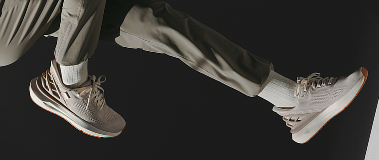
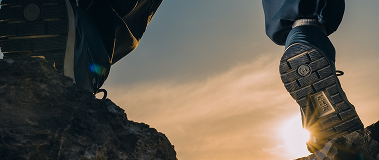

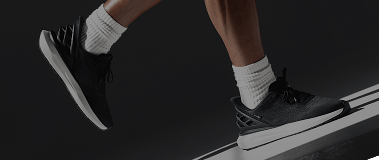
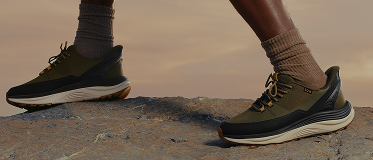
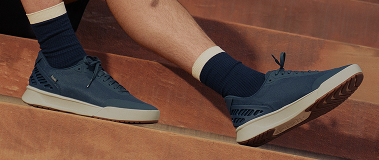
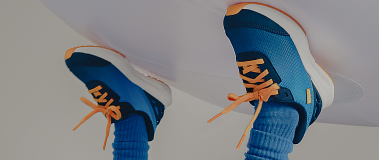
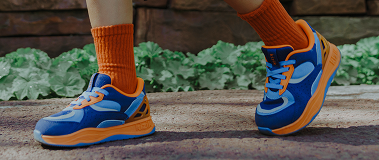
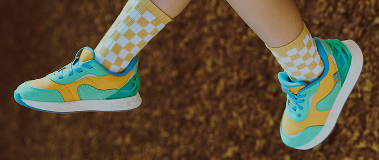




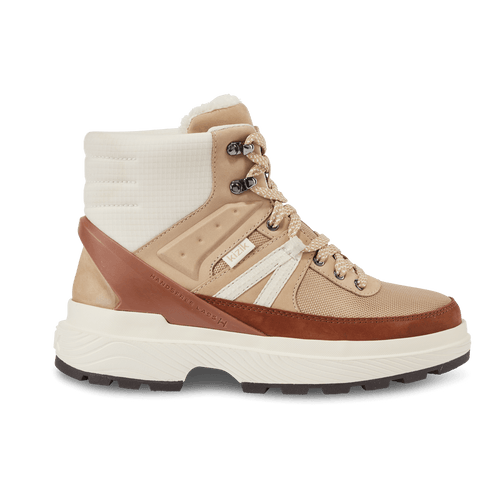
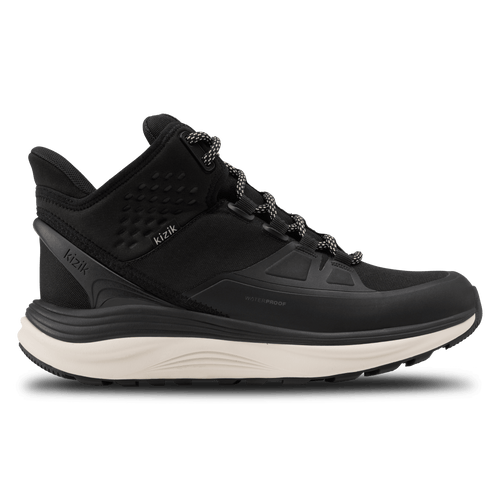





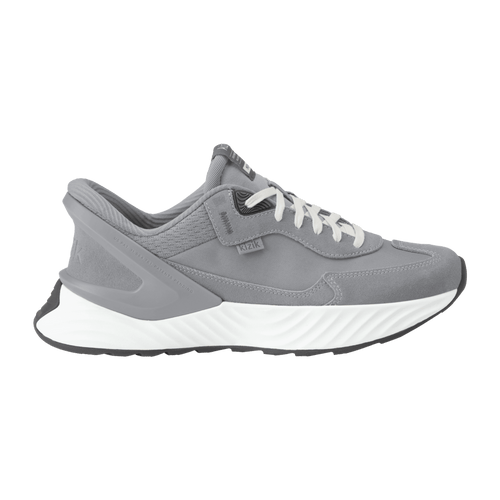


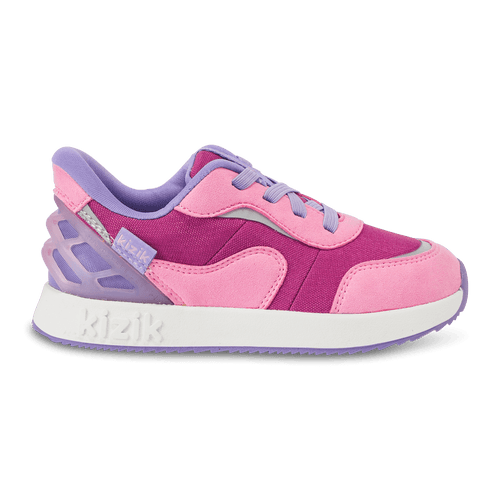

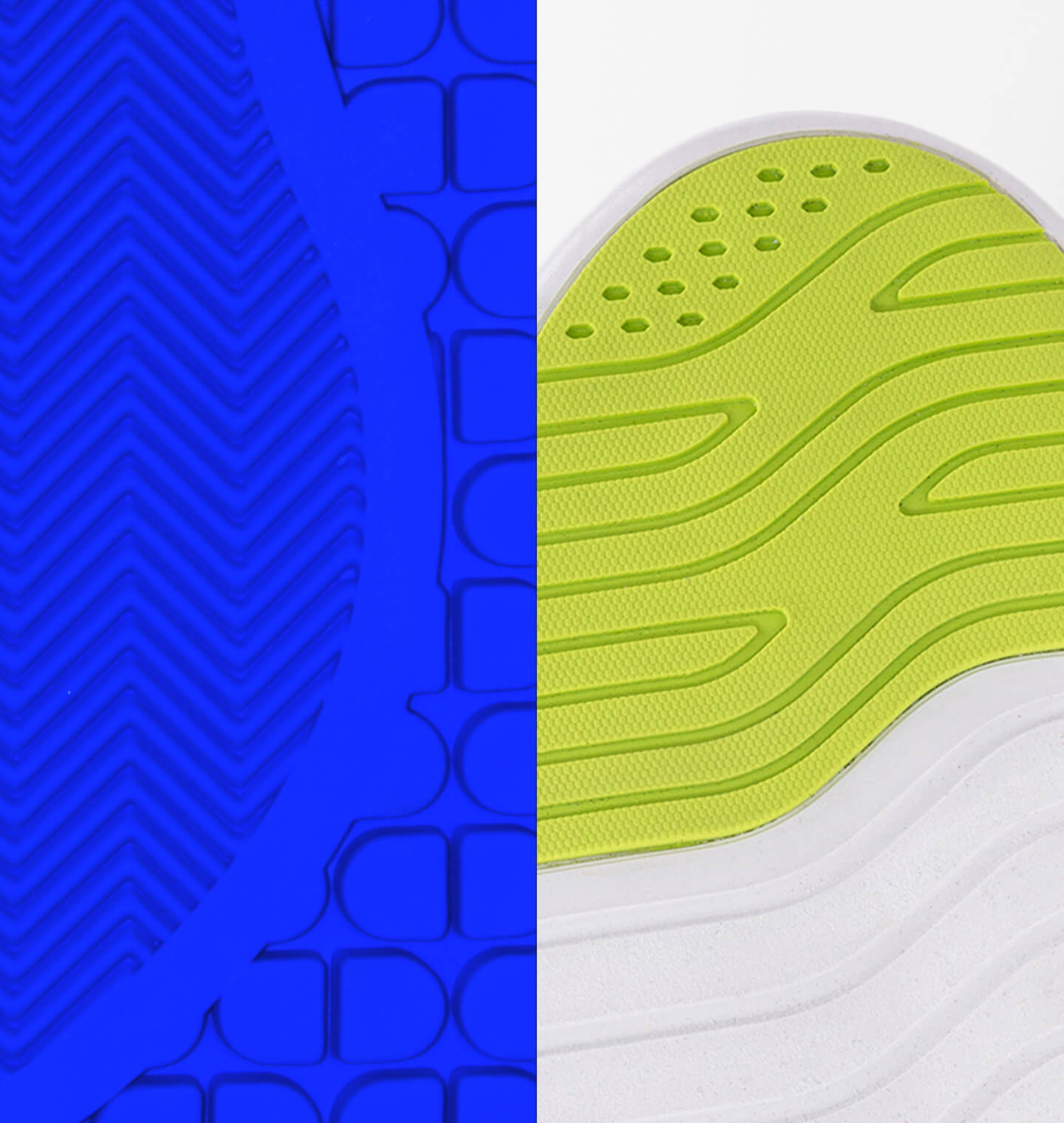

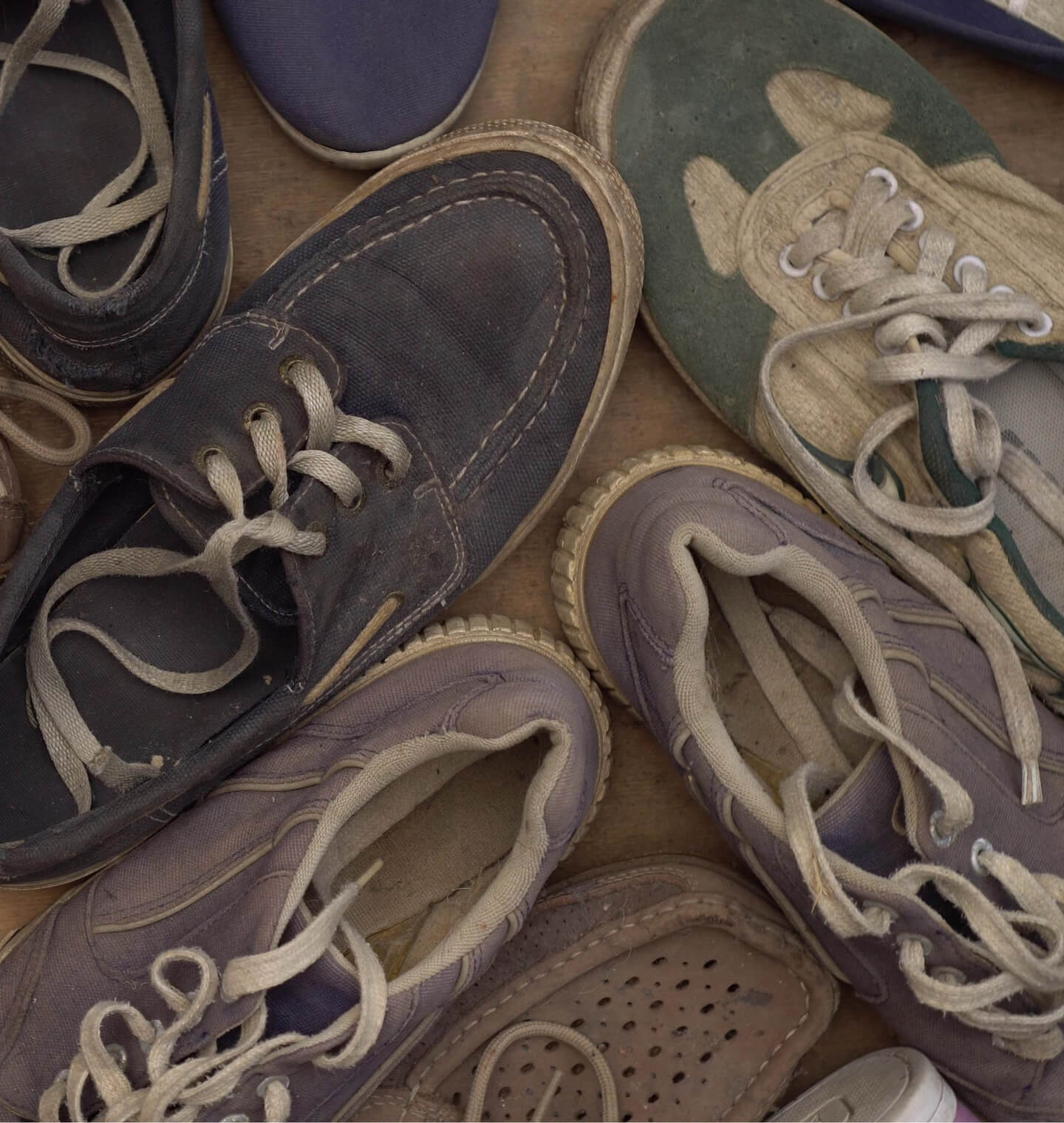
Leave a comment
This site is protected by hCaptcha and the hCaptcha Privacy Policy and Terms of Service apply.